The Brief History Of Pi, The 4000-Year-Old Number
Dhir Acharya - Jun 16, 2019
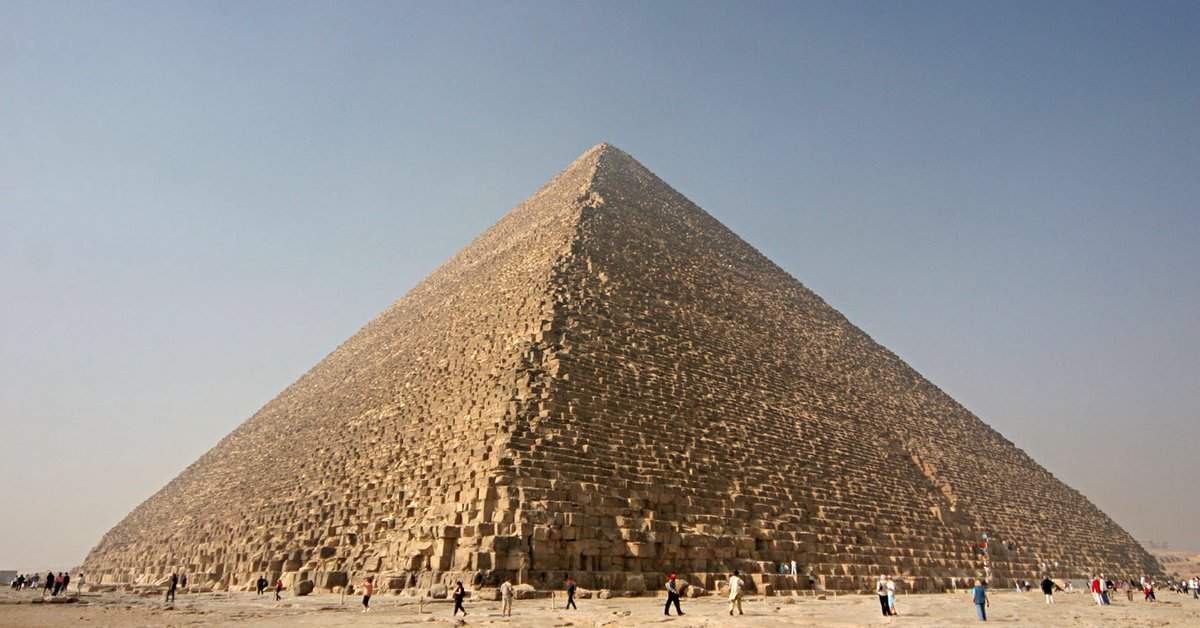
The world has known about the existence of Pi (π) for almost 4,000 years now; however, we have never been able to calculate the exact value of Pi.
- 15 Examples Of Maths Patterns In Nature That Will Stun You (Part 1)
- Indian Kid Broke 4 World Records In Maths After Surviving Severe Head Injury
- A Person Who Is Good At Maths Might Have A Successful Career
The world has known about the existence of Pi (π) for almost 4,000 years now; however, we have never been able to calculate the exact value of Pi.
By definition, in Maths, Pi is the circumference divided by a circle’s diameter. Or you can say, Pi is the ratio of a circle’s circumference to its diameter. You can also calculate Pi on your own by measuring around a circle’s edge then divide it by the diameter.
Anyway, there were, in fact, a number of ways as to how π was calculated. And here is a brief history of how it was found.
The Egyptian method
The way Egyptians approximated Pi was shown through the Rhind Papyrus, which resulted in a value of 3.160. A translated part of the Rhind Papyrus indicates how the approximation was derived. Thir hypothesis was that if a square’s side length is 8/9 the diameter of a circle, its area will equal that of the circle. In a circle whose diameter is 2r, so 8/9 of the diameter would be 16r/9. The Egyptians then squared the measurement to find the square’s area, resulting in 256r2/81. When they compared this result with the formula for the area of a circle, they came to the conclusion that pi was equal to 256/81, which is approximately 3.160.

The Babylonian method
In the past, to calculate the area of a circle, ancient Babylonians used to take three times the square of the radius, giving π=3. It’s indicated in a Babylonian tablet (around 1900–1680 BC) that π=3.125, closer to approximation.
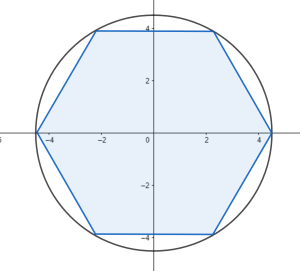
The Archimedian method
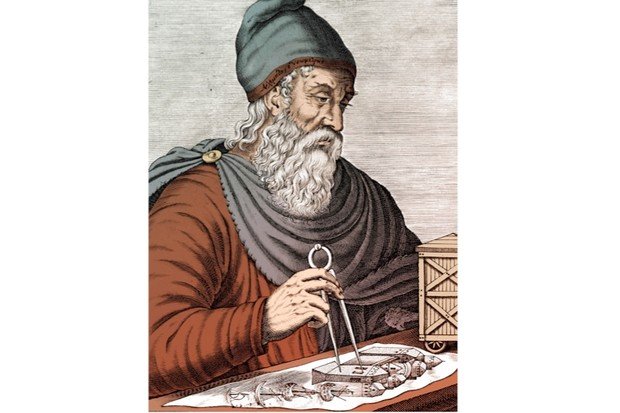
Archimedes of Syracuse (287–212 BC) was the first calculate π, he was among the world’s greatest mathematicians. To estimate a circle’s area, he used the Pythagorean Theorem for finding the two areas of two regular polygons, including one inscribed in the circle and the other in which the circle was circumscribed. Because the actual circle’s area lies between the areas of circumscribed polygons and inscribed polygons, their areas give lower and upper bounds for the circle’s area. Archimedes was aware that he hadn’t figure out the exact value of π but only approximated the value between those limits. This way, he was able to indicate that the value of π ranged from 3 1/7 to 3 10/71.
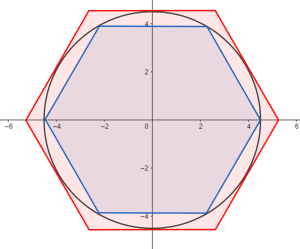
The Chinese method
Brilliant Chinese astronomer, a mathematician named Zu Chongzhi (429–501) took a similar approach. By calculation, he figured that the ratio of a circle’s circumference to its diameter was 355/113. To calculate this accuracy for π, he started with an inscribed regular 24,576-gon and conducted length calculations which involved hundreds of square roots up to 9 decimal places.
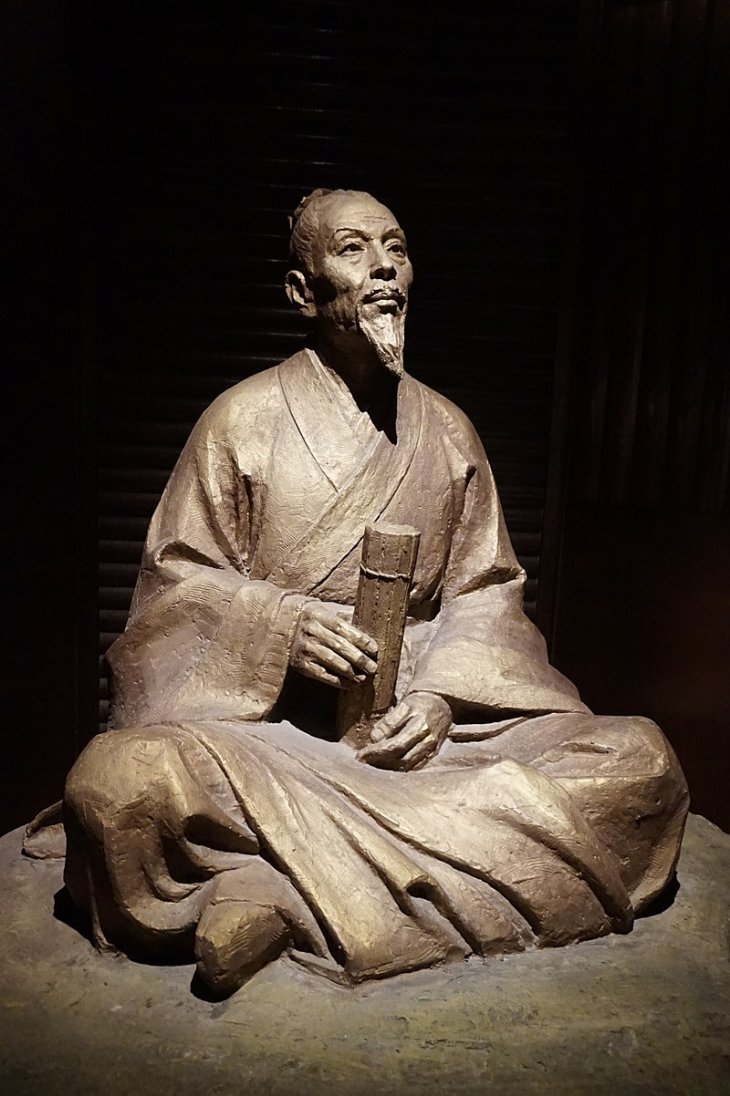
Modern approaches
In 1706, William Jones first used the symbol π for Pi. Then, in 1737, the symbol π was popularized by Leonhard Euler. The symbol has since been widely used in various areas by physicists, designers, architects, engineers, etc., as long as maths is involved.
It is suggested by some people that the Egyptians built the Great Pyramid at Giza based on π because the ratio of the pyramid’s perimeter to its height was extremely close to π. The elevation of the Pyramid was 280 cubits while its perimeter was 1760 cubits, so the ratio was 6.285714, about twice the value of π.
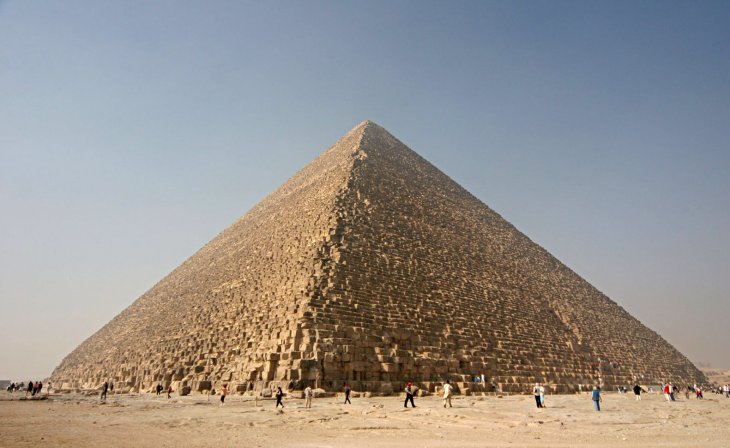
Since π is a non-repeating decimal, there are several stories about how mathematicians tried to calculate it up to as many digits as they could. Before the introduction of computers, the most accurate calculation of π was in 1945, done by D.F. Ferguson who calculated up to 620 decimal digits of π. Before Ferguson, William Shanks calculated 707 digits of Pi, but only 527 of them were correct, so until now, Ferguson’s calculation is still the most accurate.
More recently, thanks to digital programs, we could calculate up to trillions of digits for π. For example, in 1999, Takahashi Kanada used a Hitachi SR8000 and calculated 206,158,430,000 digits for π. Then in 2011, Shigeru Kondo used Alexander Yee’s y-cruncher program and calculated 10 trillion digits of π.
In the past, only specialists used π, including mathematics, architects, and scientists. But today, even non-specialists use it too, π is even used in museums, movies, and literature.
Featured Stories

Features - Jul 01, 2025
What Are The Fastest Passenger Vehicles Ever Created?

Features - Jun 25, 2025
Japan Hydrogen Breakthrough: Scientists Crack the Clean Energy Code with...

ICT News - Jun 25, 2025
AI Intimidation Tactics: CEOs Turn Flawed Technology Into Employee Fear Machine

Review - Jun 25, 2025
Windows 11 Problems: Is Microsoft's "Best" OS Actually Getting Worse?

Features - Jun 22, 2025
Telegram Founder Pavel Durov Plans to Split $14 Billion Fortune Among 106 Children

ICT News - Jun 22, 2025
Neuralink Telepathy Chip Enables Quadriplegic Rob Greiner to Control Games with...

Features - Jun 21, 2025
This Over $100 Bottle Has Nothing But Fresh Air Inside

Features - Jun 18, 2025
Best Mobile VPN Apps for Gaming 2025: Complete Guide

Features - Jun 18, 2025
A Math Formula Tells Us How Long Everything Will Live

Features - Jun 16, 2025
Comments
Sort by Newest | Popular